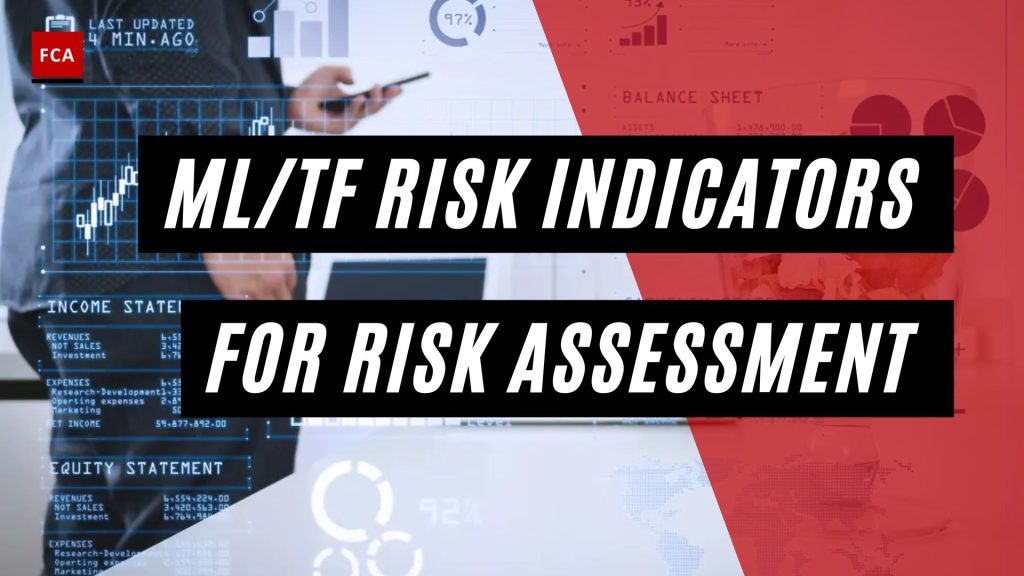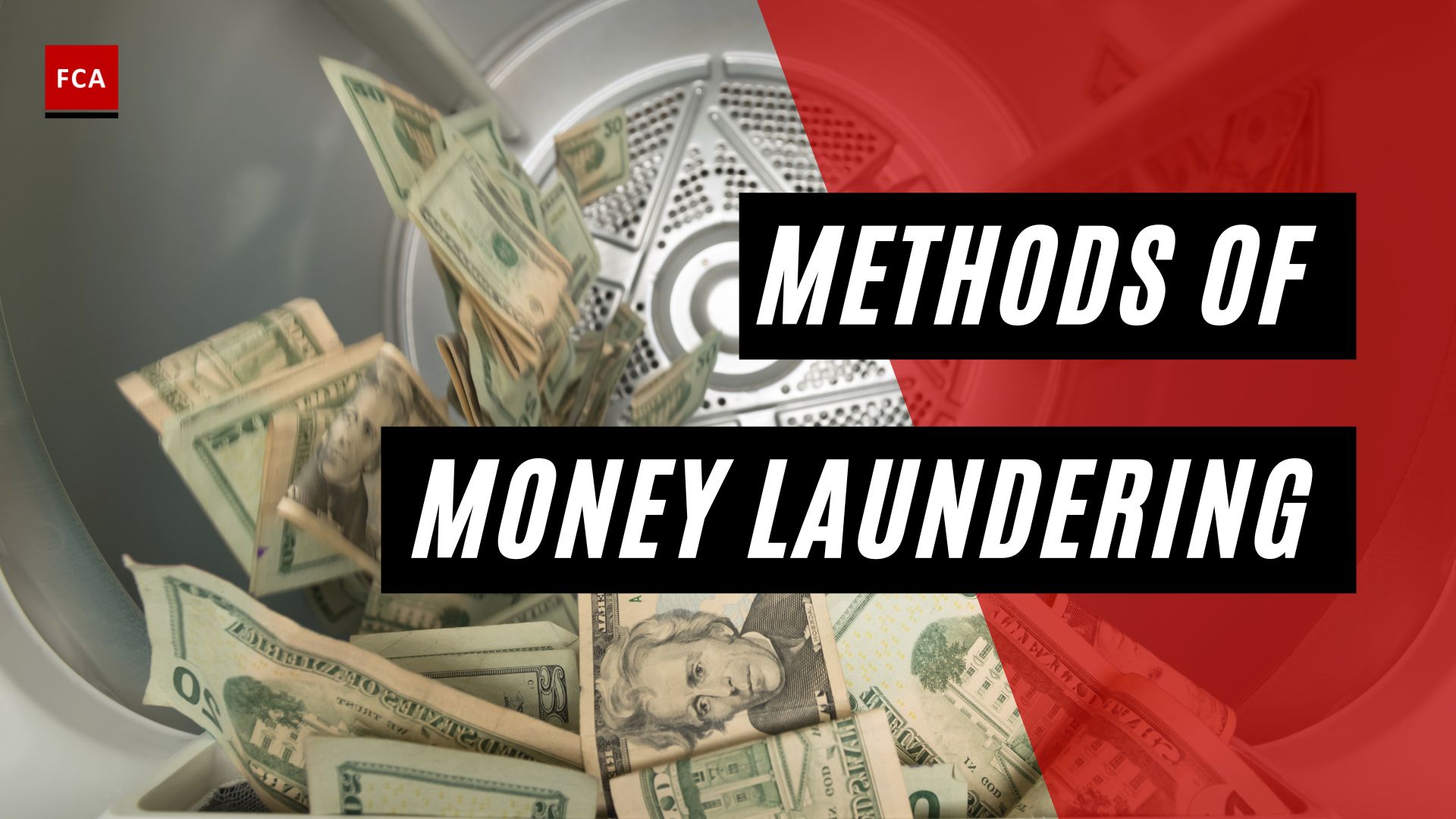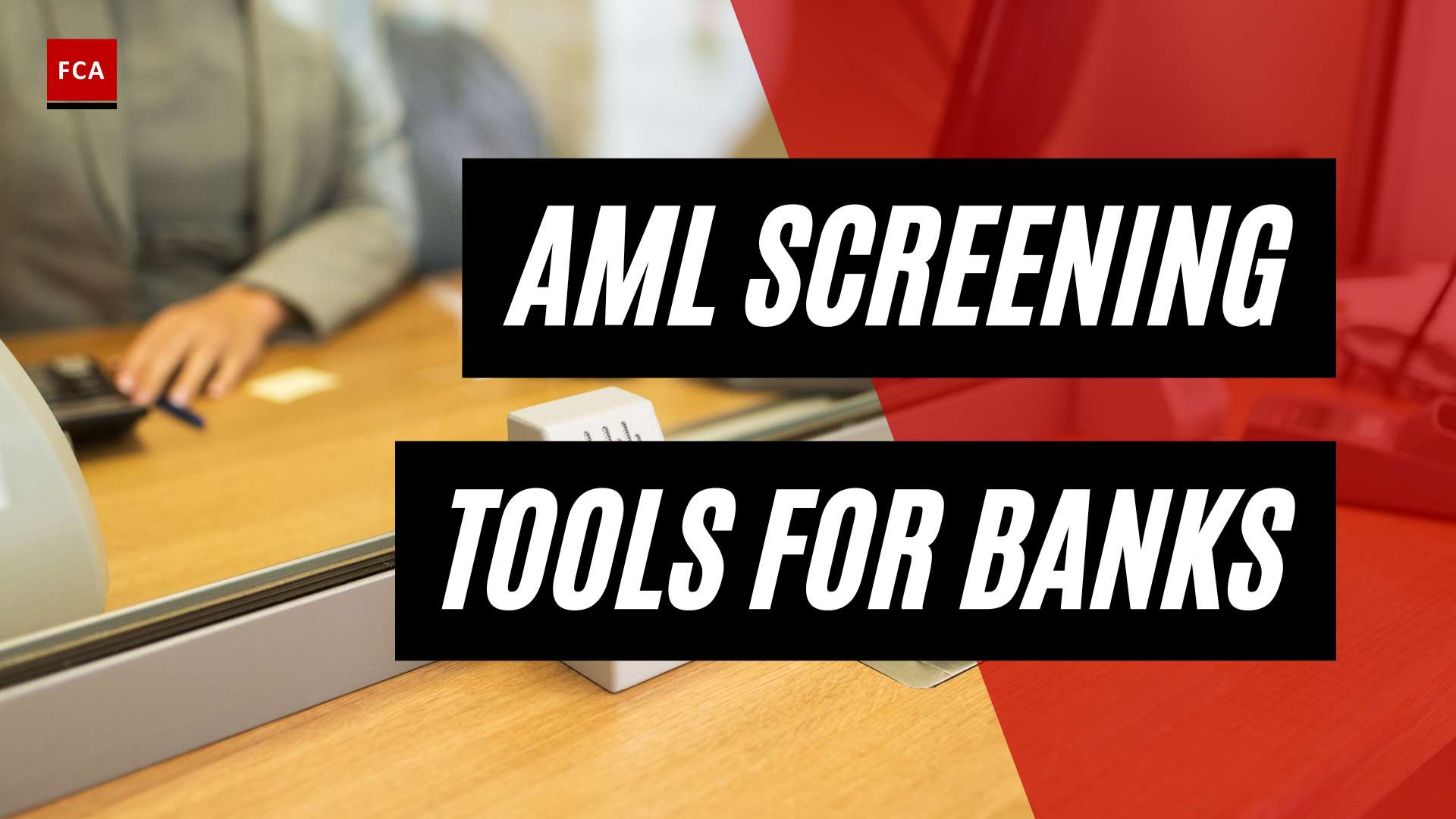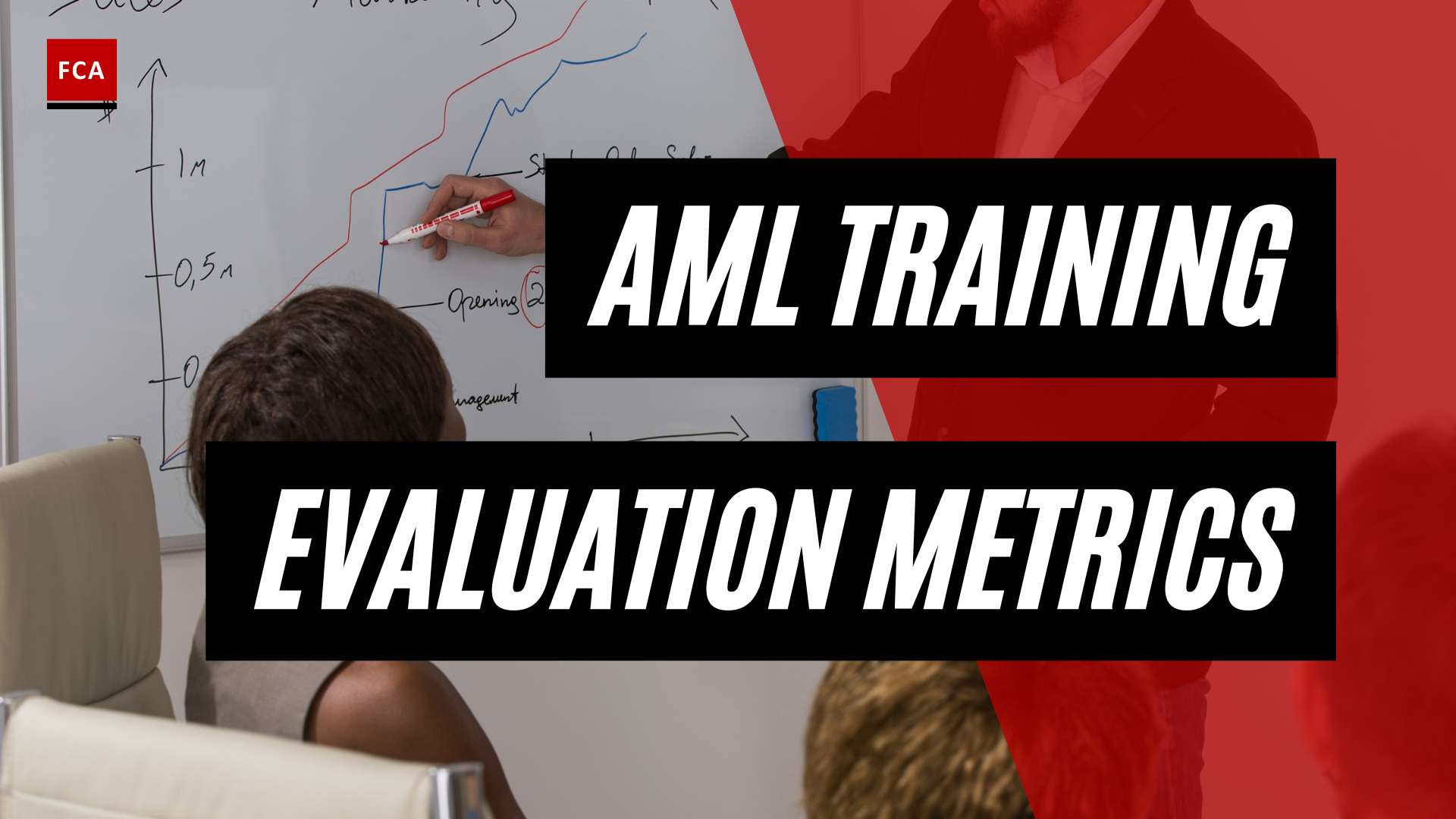Considering Money Laundering/Terrorist Financing or ML/TF risk indicators for risk assessment, it is crucial for financial institutions to develop sophisticated predictive algorithms and systems that not only detect potential illegal activities but also anticipate new tactics and strategies employed by malicious actors.
MLRO and the account opening team ensure that money laundering and terrorist financing risks are assessed regularly for existing and potential customers. They are required to perform enhanced due diligence or EDD measures for high-risk category customers, including obtaining the approval of Senior management for opening their accounts. Each account of high-risk category customer shall be opened, with risk assessment and performing EDD measures.
When entering into a business relationship, the MLRO performs risk assessment and checks whether the customer or the beneficial owner of the customer, for entities, is a politically exposed person or another high-risk category customer.
Suppose the customer or beneficial owner is found to be a PEP or high-risk category customer during the business relationship. In that case, the MLRO must take additional measures as quickly as possible such as establishing the source of wealth of a customer or beneficial owner who is found as a PEP or high-risk category customer.

Considering ML/TF Risk Indicators for Risk Assessment
In cases where it proves impossible to establish the source of the wealth, the MLRO and relevant employees must be able to demonstrate that it has made sufficient efforts to discover the source.
EDD measures mean obtaining more detailed information for the identification and verification of customers. For all high-risk category customers, including the PEPs, in addition to basic KYC information, the EDD measures are applied where detailed information is asked from the customers, including the source of financing for proper identification and verification of the category of customers.
Risk score-based criteria include the expected number of transactions, the amount involved, customer profile information, age of a person, country, etc., to assess the customer category as high. All identified high-risk category customers are to be marked as high-risk customers or clients, and approval is to be obtained from senior management to open their accounts. Enhanced customer due diligence must occur if there is a heightened risk of money laundering and terrorist financing.
Enhanced customer due diligence must always be applied in the following cases:
- If the business relationship or transaction by its nature entails a higher risk of money laundering or terrorist financing or,
- If the customer is a resident, established, or has its registered office in a state designated by the European Commission under the Anti-Money Laundering Directive as carrying a higher risk of money laundering or terrorist financing.

The following risks or scenarios are considered, which are faced by financial institutions or organizations to perform the ML/TF risks assessment:
- Complex structured financing transactions or collateral arrangements with private customers
- Politically exposed persons or PEPs or customers conducting transactions involving PEPs
- Bank products and services that, by their nature, are susceptible to inappropriate use, such as back-to-back loans, large cash deposits, commercial real-estate activities
- Customers with transactions to/from countries that are subject to sanctions, including trade sanctions, free trade zones, offshore centers, tax havens, and countries that appear on the FATF watch list
- Customers with frequent, non-routine, complex treasury and private banking products and services
- Non-routine, cross-border payments by non-customers
- Correspondent bank accounts with banks in jurisdictions with weak laws to combat money laundering and terrorist financing;
- The business relationship is conducted in unusual circumstances
- Customers that are residents in geographical areas of higher risk
- Legal persons or arrangements that are personal asset-holding vehicles
- Companies that have nominee shareholders or shares in bearer form;
- Cash-intensive businesses
- The ownership structure of the company appears unusual or excessively complex given the nature of the company’s business;
- Customer is a third-country national who applies for residence rights or citizenship in the member-state in exchange for capital transfers, purchase of property or government bonds, or investment in corporate entities in that member-state

- Transactions related to oil, arms, precious metals, tobacco products, cultural artifacts, and other items of archaeological, historical, cultural, and religious importance or of rare scientific value, as well as ivory and protected species
- Non-face-to-face business relationships or transactions
- New products and new business practices, including new delivery mechanisms and the use of new or developing technologies for both new and pre-existing products
- Countries subject to sanctions, embargoes, or similar measures issued by, for example, the Union or the United Nations
- Countries providing funding or support for terrorist activities or that have designated terrorist organizations operating within their country
- Countries identified by credible sources as having significant levels of corruption or other criminal activity
Final Thoughts
Money laundering and terrorist financing risk indicators can help in identifying and assessing the level of risk associated with certain activities, transactions, or individuals. It is important to note that these indicators should not be used in isolation and should be considered in the context of other relevant information and risk factors. A comprehensive risk assessment should be conducted using a risk-based approach tailored to the specific business or industry.








